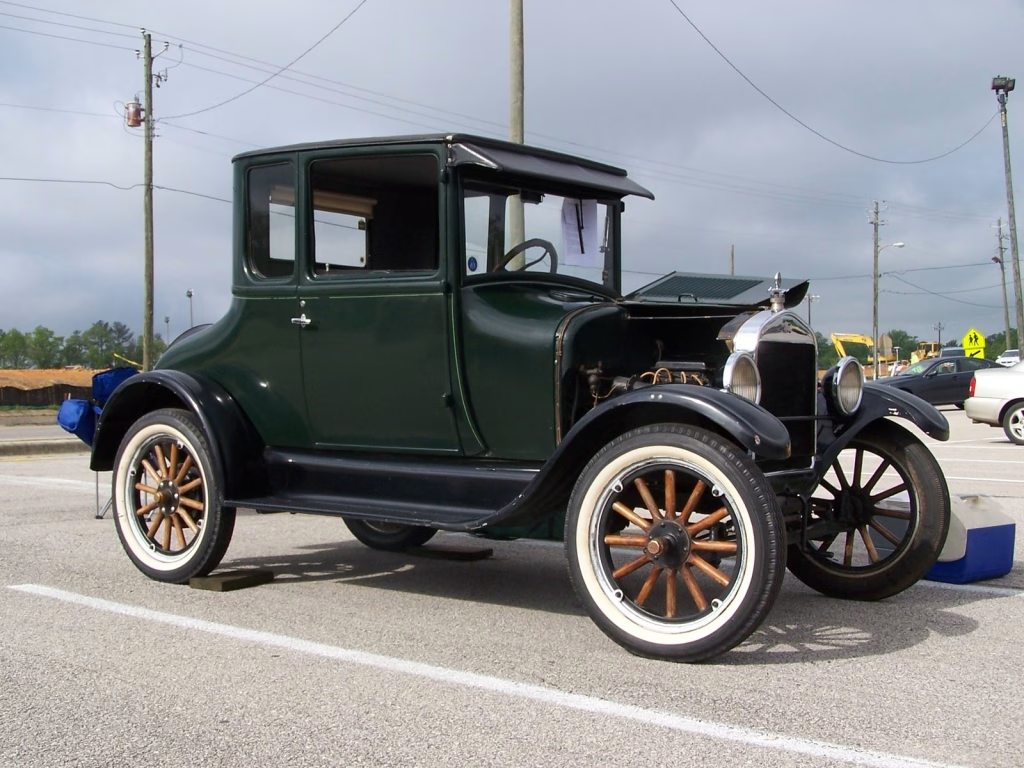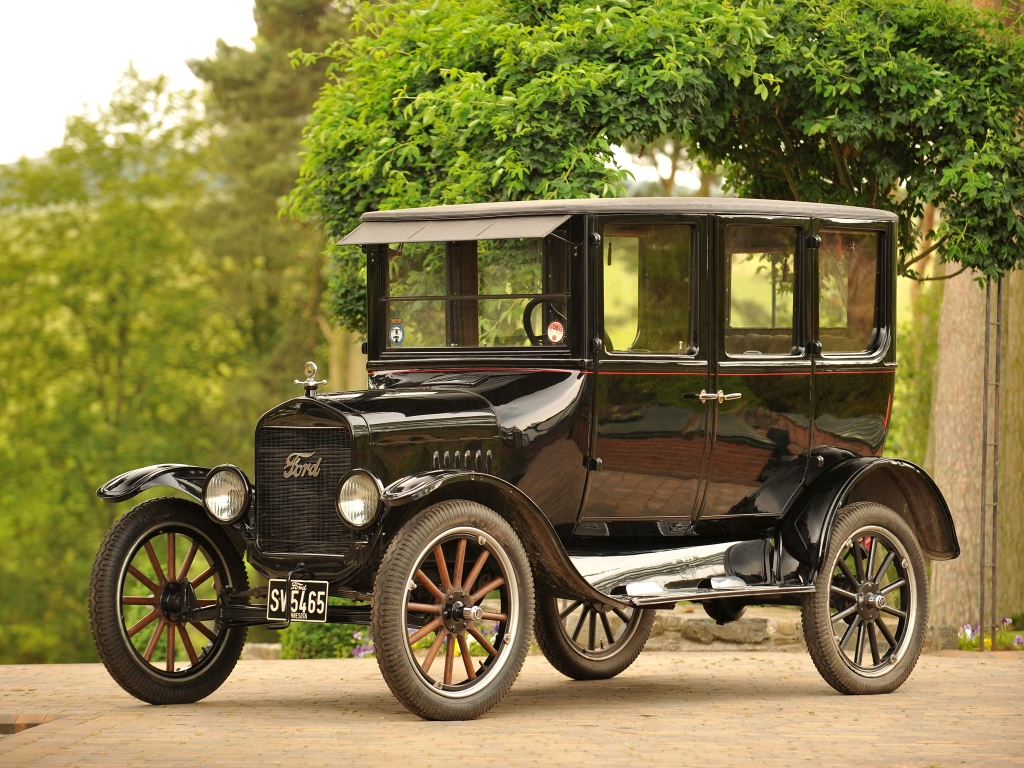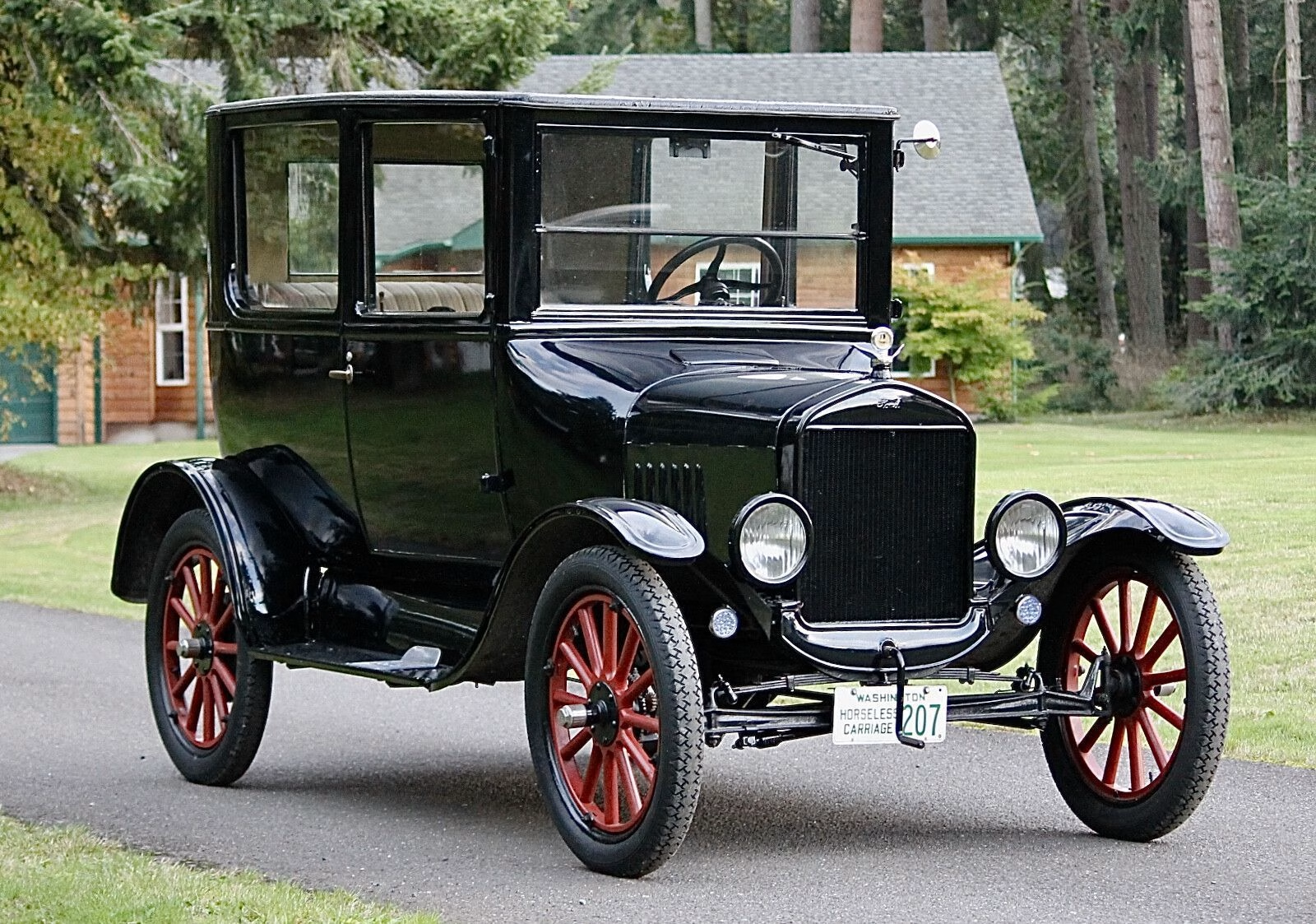The Legendary Ford T Sedan: A Revolution on Four Wheels

Table of Contents
Introduction to the Ford T Sedan
The Ford T Sedan isn’t just a car—it’s a symbol of innovation, accessibility, and cultural transformation. Introduced in the early 20th century, this vehicle revolutionized how we live, work, and travel.
What Made the Model T Special?
You might be wondering, What’s the big deal about an old car? Well, the Model T was more than just transportation. It was a dream on wheels, bringing the automobile to everyday people and changing society forever.
Henry Ford’s Vision
Henry Ford didn’t just want to build a car. He wanted to build a car for the masses—something affordable, durable, and simple enough for anyone to use. And that’s exactly what he did with the Model T.

Historical Background
The Birth of the Ford T Sedan
The Ford Model T was launched in 1908, but the sedan version—the enclosed body style—came a few years later, around 1915. Unlike the open-top roadsters, the sedan offered protection from the elements, making it a hit with families.
Early 1900s Automotive Industry
Before the Model T, cars were playthings for the rich. The industry was fragmented, and vehicles were handmade, expensive, and unreliable. Ford’s innovation would flip the script entirely.
Timeline of Production
Ford produced the Model T from 1908 to 1927. Over 15 million units were made, an astronomical number for the time. The sedan body became especially popular in the later years of production.
Design and Engineering
The Iconic Design
The Ford T Sedan had a boxy, upright design, which was more functional than fashionable. It featured metal panels, a folding windshield, and solid rubber or wooden-spoke wheels.
Innovative Engineering
Ford focused on simplicity and reliability. The car wasn’t flashy, but it worked—and kept working.
The Chassis and Suspension
The Model T had a ladder-type frame, solid axles, and leaf spring suspension. It could handle dirt roads, mud, and rugged terrain with surprising ease.
Engine and Performance
Under the hood was a 2.9-liter inline-four engine producing about 20 horsepower. It might not sound like much today, but back then, it was a solid performer. The top speed? Around 45 mph (72 km/h)—plenty fast for the early 1900s.
Affordability and Mass Production
Assembly Line Innovation
Ford introduced the moving assembly line in 1913, slashing production time from 12 hours to just 90 minutes per car! This game-changing method made the Model T cheaper to produce—and cheaper to buy.
The $850 Car That Changed the World
The price of a Model T Sedan started at about $850 in 1915 but dropped to around $300 by the 1920s thanks to mass production. Suddenly, cars weren’t just for the wealthy—they were for everyone.
Cultural Impact
Making Cars Accessible to Everyone
The Model T empowered people across America. Farmers, factory workers, and families could now travel farther, faster, and more often. It literally put the world on wheels.
Changing How Americans Lived and Worked
Suburbs expanded. Road trips became possible. Commerce thrived. In short, the Model T helped create modern American life.
Legacy and Influence
Influence on Modern Sedans
Every sedan today owes something to the Ford T Sedan. From design philosophy to production methods, the Model T left a lasting impact.
Collectability and Restorations Today
Model T Sedans are highly collectible. Car enthusiasts and historians around the world restore these vehicles to showroom condition, preserving a mechanical masterpiece for future generations.
Fun Facts About the Ford T Sedan
- It was nicknamed the “Tin Lizzie.”
- You could get it in any color you want—as long as it was black (thanks to fast-drying black paint).
- The Model T could run on gasoline, kerosene, or ethanol.
- The pedals controlled gear shifting and acceleration—not like today’s cars!
- It had a crank start, not a key ignition.
Common Misconceptions
- “The Model T was the first car ever made.” Nope—cars existed before, but the Model T was the first to be mass-produced and widely affordable.
- “It was slow and unreliable.” For its time, the Model T was actually quite sturdy and dependable.
- “Only rich people could afford it.” Quite the opposite—it was made for the average American worker.
Where to See a Ford T Sedan Today
Want to see one in real life? Check out:
- Henry Ford Museum (Michigan)
- Antique Auto Museum (Pennsylvania)
- Various car shows and vintage auto clubs
You can also find restored models online or in auctions—though prices vary based on condition.
Conclusion
The Ford T Sedan wasn’t just another car—it was a revolution. It democratized transportation, pioneered manufacturing, and reshaped society. Even today, its legacy lives on in every affordable, practical car on the road. When you hop into your sedan tomorrow morning, just remember: it all started with Henry Ford’s vision over a hundred years ago.
FAQs
Q1: What years was the Ford T Sedan produced?
The Model T Sedan was mainly produced between 1915 and 1927, as part of the broader Model T production.
Q2: How fast could the Model T go?
The top speed was about 45 mph (72 km/h)—pretty zippy for its day!
Q3: How many Ford T Sedans were made?
Out of over 15 million Model Ts, a significant number were sedans, especially in the final years of production.
Q4: Why was the Model T so revolutionary?
It was affordable, easy to use, mass-produced, and gave average people access to personal transportation for the first time.
Q5: Can you still buy a Ford T Sedan today?
Absolutely! Restored and original models are available through auctions, vintage car shows, and specialty sellers.
Related: Why Does Your Car Vibrates When Braking? The Shocking Truth Mechanics Won’t Tell You







